COMMISSION SELECTION PROCESS
Step 1 - Michigan voters apply

Voters must submit an application to the Secretary of State office (SOS) to be considered to serve on the Commission. Any registered voter may apply — except for narrow exceptions — and applying and serving is completely voluntary (unlike jury duty).
The SOS administers the application process and will open the application process to the general public at the beginning of each decade. The SOS must also mail applications to a minimum of 10,000 randomly selected Michigan voters, inviting them to apply. This helps to reach a diverse pool of potential applicants as possible so that the Commission is representative of the population of our state — both geographically and demographically.
On the application, the applicant states under oath whether they consider themselves affiliated with Republican party, Democratic party, or neither of those parties (“Unaffiliated”). Unaffiliated applicants may affiliate with a third party or may be independent.
Step 2 - SoS Collects & Verifies Applications

SOS will collect the applications and discard those that are incomplete or are submitted by individuals who are disqualified from serving.
Step 3 - Applications are weighted

SOS will apply statistical weighting to each application based on geography and demographics. “Statistical weighting” is commonly used in polling and other research methods to ensure that a random selection sample represents Michigan’s geographic and demographic makeup as closely as possible.
This prevents the Commission from being made up of citizens from just one city, region, or age group. Weighting helps ensure a Commission that looks and thinks like the state of Michigan with representation from real Michiganders.
Step 4 - 200 Applicants Randomly Selected

SOS will randomly select a pool of 200 applications. 100 of these applications are from the open application process (30 Republicans, 30 Democrats, and 40 “Unaffiliated”) and the other 100 are from the randomly mailed invitation process (30 Republicans, 30 Democrats, and 40 “Unaffiliated”).
Step 5 - Legislative Leaders Strike Applicants

SOS will present the list of 200 to the majority and minority party leaders of the state House and state Senate (4 leaders in total). Each leader may, but is not required to “strike” up to 5 applications. This allows party leaders to remove a limited number of applicants who may unfairly influence the redistricting process if they served on the Commission.
Step 6 - Final Applications Sorted

The remaining applications are split into 3 buckets
- Republican* voters
- Democrat* voters
- Voters who are unaffiliated with either of the above two parties
Step 7 - Final 13 Commissioners Chosen

SOS will randomly select the final 13 Commissioners:
- 4 Republicans*
- 4 Democrats*
- 5 Unaffiliated
* or the two political parties with the largest representation in the legislature
